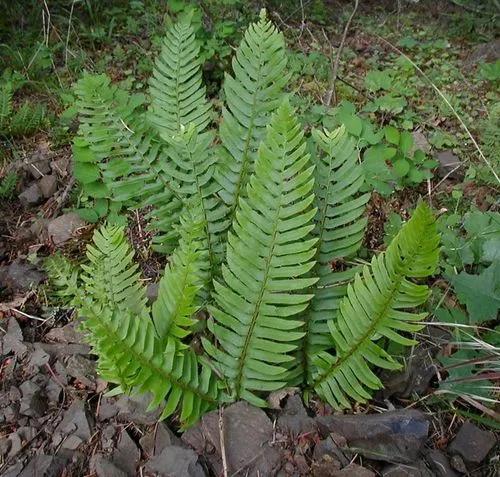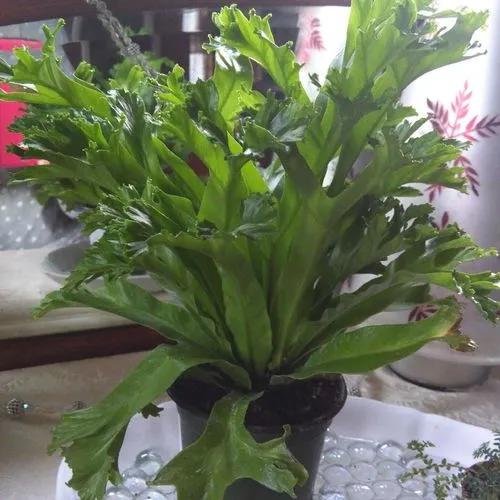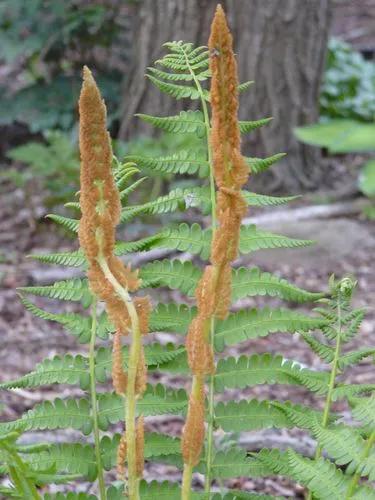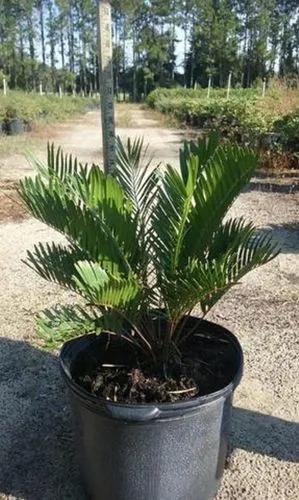Early 20th century observers spoke of hand fern gathered by the wagon load from Florida’s swamps. Hand fern is still collected but it dies in cultivation due to lack of essential fungi. When palm boots decay and fall to the ground, or are destroyed by fire, hand ferns are killed. Only 50 populations remain in FL, about half in conservation areas.
Hand Fern Care
Cheiroglossa palmata
Other names: Ophioderma Palmatum, Dwarf Staghorn, Hand Tongue



How to Care for the Plant

Water

aily watering will help. Resting potted ferns on water-filled saucers or trays that contain a layer of pebbles or broken crockery is another simple way of keeping the humidity high. Just make sure that the bottoms of the pots rest above the water, not in it. Soggy fern roots can lead to rot and untimely death.

Fertilizer

Feed your indoor fern after its first six months with a liquid houseplant fertilizer at half-strength once a month. Too much fertilizer will burn the leaves, causing them to turn brown, and leaving you with no choice but to cut off those fronds.

Sunlight

Ferns need average, indirect light because direct sunlight can damage the fronds. Move your plant to a window facing north if it is in direct sun.

Soil

When planting your ferns, choose a light, fluffy soil mix that contains plenty of organic matter, but not enough to make the soil so heavy and dense that it does not drain well. Most packaged houseplant mediums should work well as long as they are rich in porous organic materials such as peat moss or leaf mold. Adding coarse sand or perlite will allow water to flow through freely.

Temperature

Ferns prefer daytime temperatures no higher than 70 degrees and evening temperatures from 50 to 60 degrees. Consider moving your fern to a cool room during the evening if its current room stays warmer.

Container

Both plastic and clay pots are suitable for ferns, with those in plastic pots requiring less frequent watering. Pots should be large enough to accommodate the roots with an extra inch of space for further growth. Fern roots tend to be shallow, so short containers are best. Most ferns grow slowly but you should repot when they begin to overcrowd their containers, before they become root bound.

Popularity

10 people already have this plant 6 people have added this plant to their wishlists
Discover more plants with the list below
Popular articles






